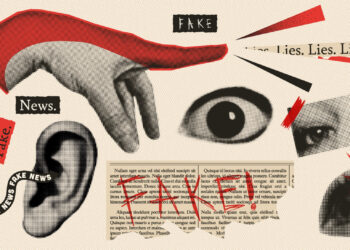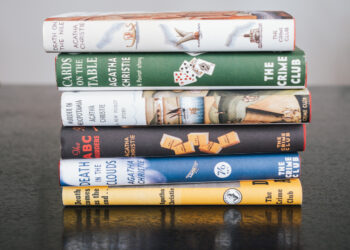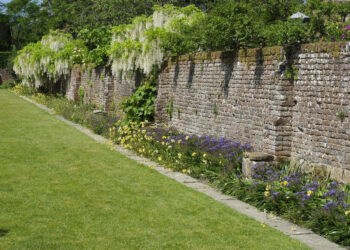There’s something magical about the enduring nature of a well-made object, one which will be passed down from generation to generation. Host Anthony Bourdain discovers the magic that goes into the making of a book at San Francisco’s Arion Press. As one of the bookmakers notes, the internet has in some ways taken over many of the utilitarian functions that books used to serve (encyclopedias for example). This now frees the book to become a thing of beauty.
And for those playing “Print Is Dead Cliche Bingo”, yes, Bourdain does repeatedly wax nostalgically about the smell of printed books.
Discussion
4 Thoughts on "Arion Press and the Magic of Bookmaking"
This was a real nostalgia trip for me as I had the privilege and pleasure of working for Princeton University Press when it still owned its own printing plant. When I joined the Press in 1967, it had just moved the book manufacturing from its main office in the Scribner Building near the Princeton campus to a new building in Lawrenceville, NJ, about 8 miles away. Books were produced by compositors using linotype machines to set hot metal type, proofreading was done by two proofreaders reading to each other and proofs were in the form of long green galley sheets, and printing was done on large flatbed Mergenthaler presses. Bookbinding for paperbacks was done at the plant, while hardback binding was outsourced to a specialty binder. Princeton was the last US university press to have its own printing plant, finally sold off only in 1993. Those who worked there got an education in book manufacturing as one of the extra perks of employment. I talk about this is “A Brief History of Scholarly Publishing” that I wrote for my 50th Princeton Reunion, accessible here: https://scholarsphere.psu.edu/files/5712mg51h
This was just delightful. I spent four years doing labor relations in the commercial printing industry in NYC, and letterpress was long gone by 1979, replaced by lithography. But the printers I knew talked often about the beauty of letterpress and the vivid use of color In books.
I knew Tony when he was a student at the Dwight-Englewood School, and his brother Chris worked for me at Dwight-Englewood when I was the principal of the high school. Tony has certainly had an impressive impact in the field of cooking; but his interest and love of letterpress printing and binding enabled many people to witness what printing was all about for centuries.
I plan to show this tape on Tuesday to the students in our publishing industry internship program at Fordham University. I only wish there were more printing industry tapes of this quality to show in class.
Al Greco
Professor of Marketing
Fordham University
Gabelli school of Business



